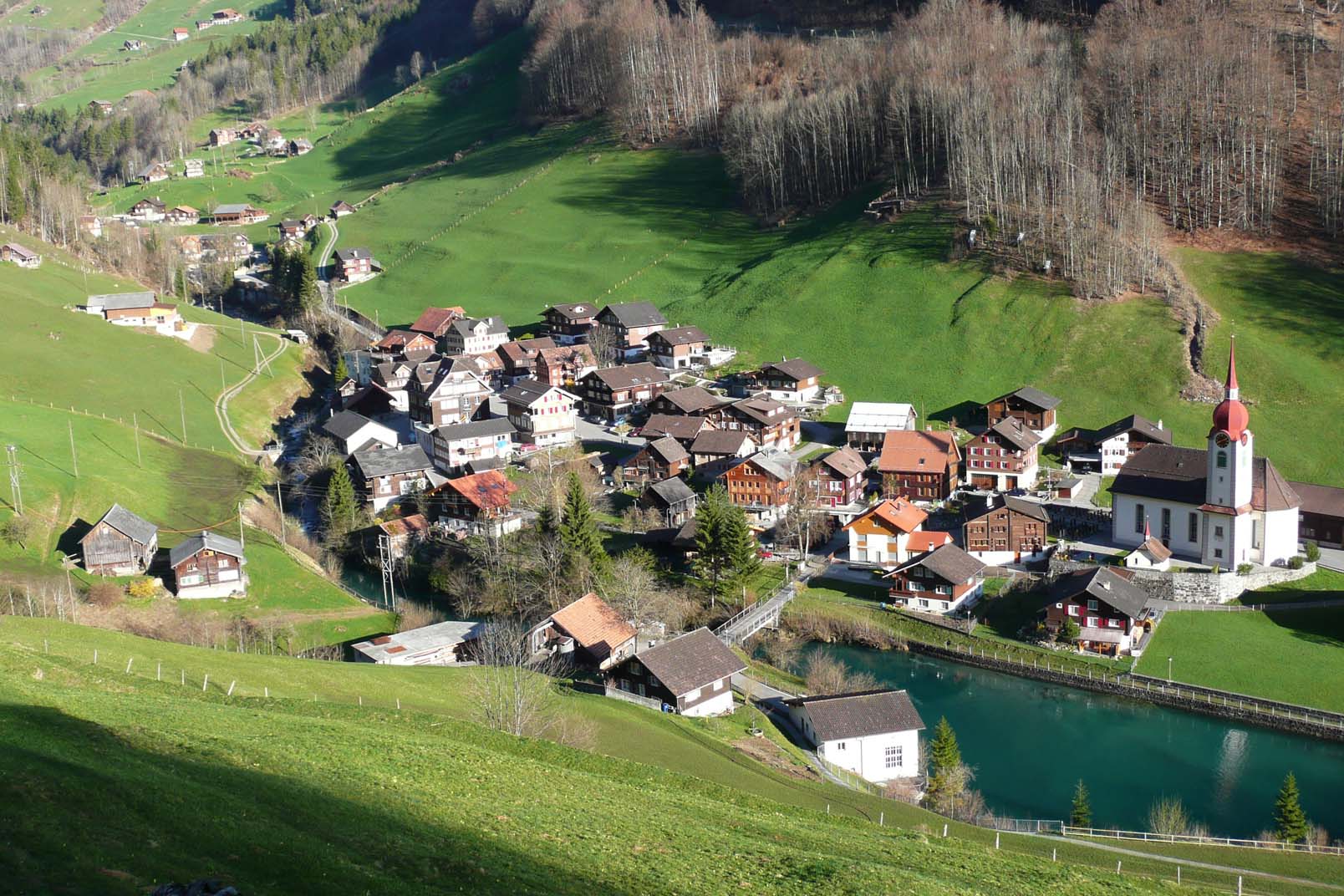Csiro hopes rainforest plot to boost biodiversity knowledge
Rice University researchers say rainforest plots could be a huge boost to knowledge about biodiversity across North America by studying and monitoring the interactions between trees, insects and plants and other organisms that thrive alongside trees.
Th바카라사이트e research team, led by Professor Stephen Rice, a distinguished professor in the College of Science, plans to launch a rainforest conservation research and research projects in the coming years, which will be open to international partners.
„The aim of our research in this area is to create an academic knowledge base for the research that will inform an increasing number of projects within our international university,“ Rice said.
In a paper published last month in the journal Nature, Rice and his co-authors describe the potential of this kind of re우리카지노search.
„The research that our studies will focus on is the relationship between species diversity and trees and the dynamics of ecosystem interaction under different light and shade regimes,“ said Rice, who is also a se바카라사이트nior research scientist at the National Research Council, a joint agency of the Department of Energy’s Department of Energy, the National Science Foundation and the National Aeronautics and Space Administration.
„Our research will focus on the role of light and shade and this could have important implications in our efforts to protect and restore our forests,“ said Rice.
For the new research, Rice and his colleagues will use a modified version of a tree canopy, which contains a number of species, known as a canopy canopy, designed to be placed on a rainforest plot. They’ll begin by examining photosynthetic activity, including leaf nitrogen fixation, between plant species growing in different light and shade regimes, and what they find.
In addition, the researchers will identify the potential of the plots as a breeding ground for species, which, in turn, could inform what plant species, where and why these species are in the environment.
By studying the effects of different light and shade levels on the diversity of plants and other organisms within the rainforest plot, they can better understand the impact of carbon management measures on species diversity and how these will impact the biodiversity of the plot.
Using the study plots at Rice University’s campus in the University of Texas and at other campuses in Texas, North Carolina, South Carolina and Louisiana, the researchers found that under specific lighting and shade regimes, tropical species (e.g., palms, rainforest lilies, African violet, rose, palm trees) increase significantly under light and shade, while in shade the opposite effect occurs.
They say thes
